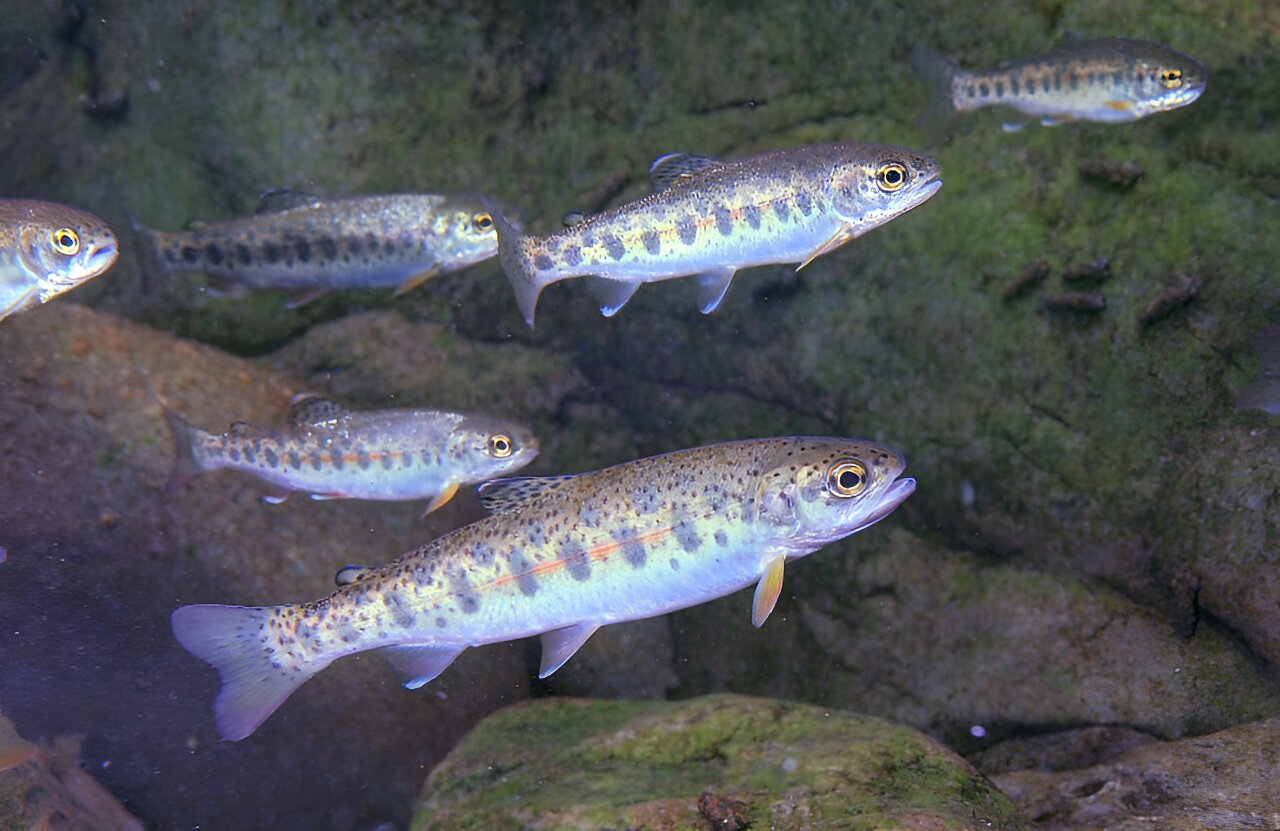According to research conducted by Oregon State University, four decades of conservation spending totaling more than $9 billion in inflation-adjusted tax dollars have not succeeded in improving stocks of wild salmon and steelhead in the Columbia River Basin.
The study, led by William Jaeger of the OSU College of Agricultural Sciences, analyzed 50 years of data and found that while hatchery-reared salmon numbers have increased, there is no evidence of a net increase in wild, naturally spawning salmon and steelhead.
The findings were published today in PLOS One.
Jaeger, a professor of applied economics, explains that steelhead and Chinook, coho, and sockeye salmon populations have been under significant pressure in the Columbia River Basin for over a century and a half. This pressure initially came from overharvesting and later from hydropower, starting in 1938 with the opening of Bonneville Dam, the lowermost dam on the mainstem Columbia.
“Additionally, farming, logging, mining, and irrigation have caused landscape changes and habitat degradation, further exacerbating the problems for the fish,” said Jaeger, who collaborated on the paper with Mark Scheuerell, a biologist with the U.S. Geological Survey and the University of Washington.
2023-07-29 10:48:03
Post from phys.org
